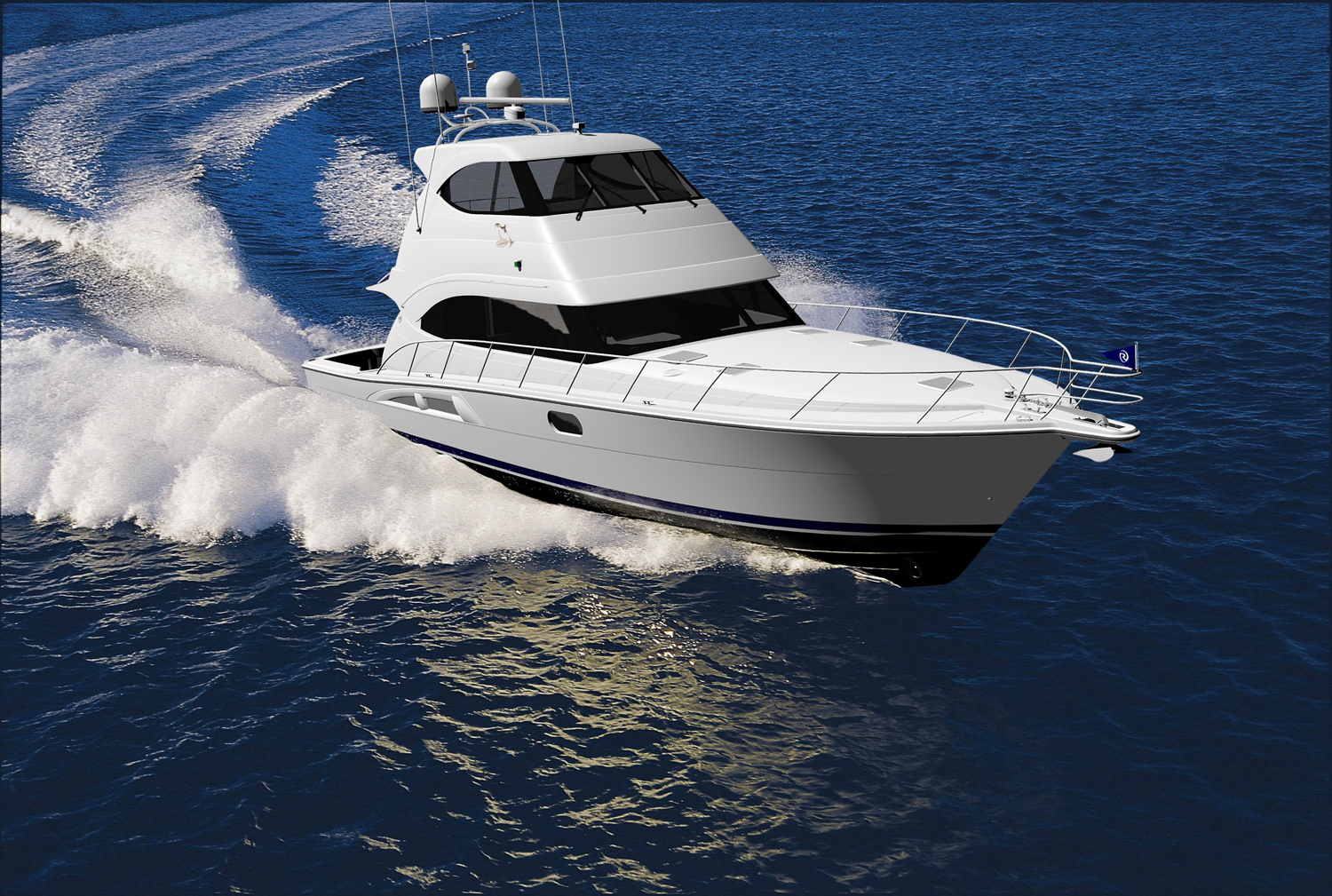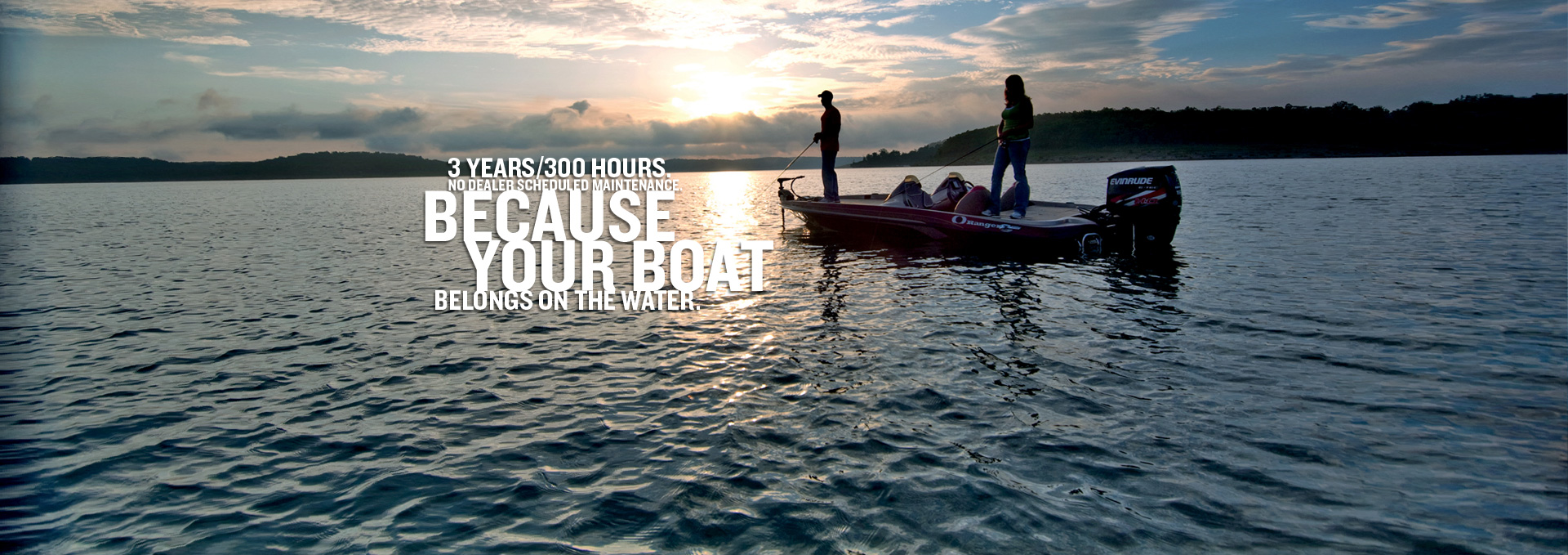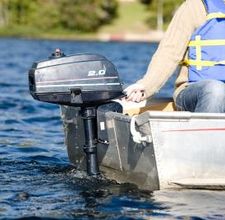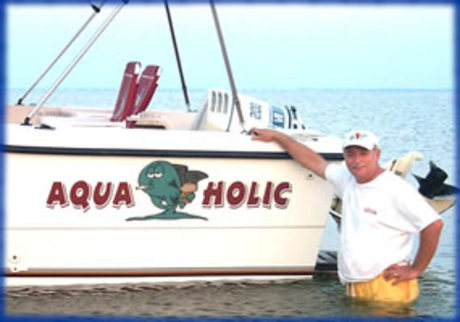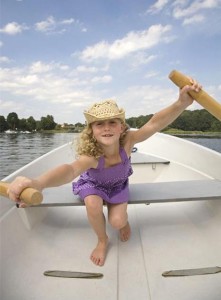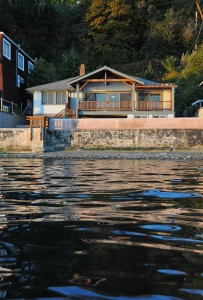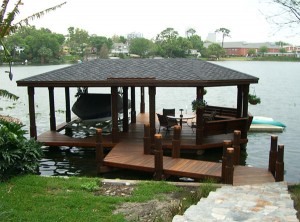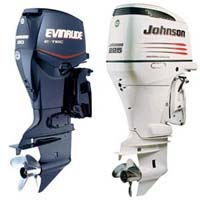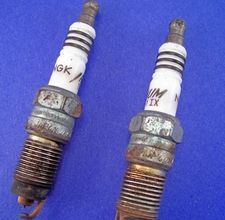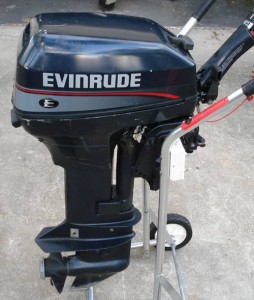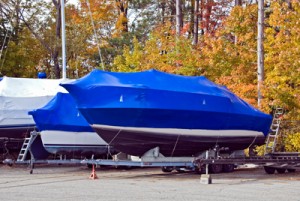Fast Facts: Marine Engine Oil
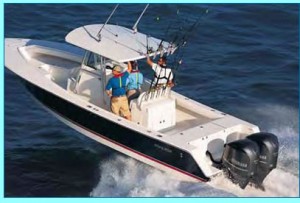 Why use marine engine oil? Isn’t all oil the same? In a word: no. The oil you use in your car is not suitable for your boat.
Why use marine engine oil? Isn’t all oil the same? In a word: no. The oil you use in your car is not suitable for your boat.
Boats have a closed loop cooling system, unlike automobiles. Boats, obviously, are subject to water corrosion and buildup. For those reasons, marine engine oil, with its high anti-corrosion properties, is better suited for boats than regular engine oil used on cars.


